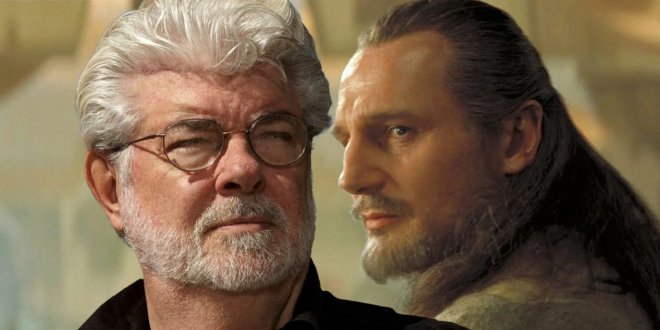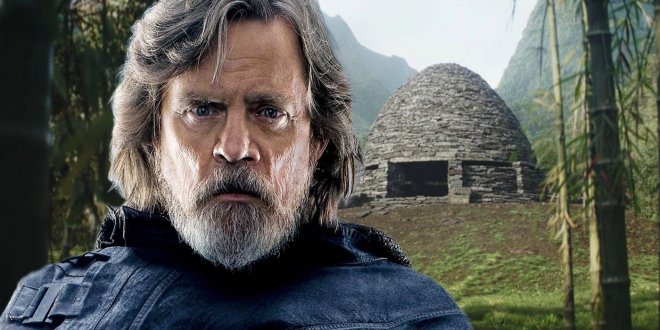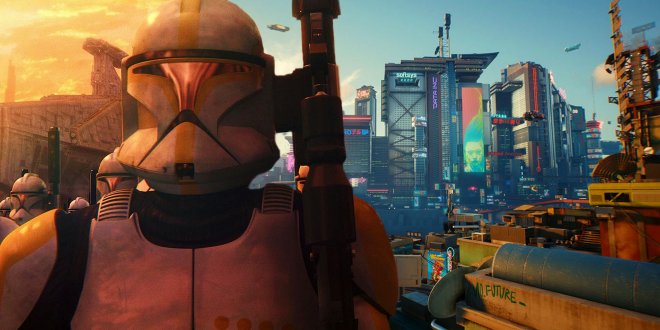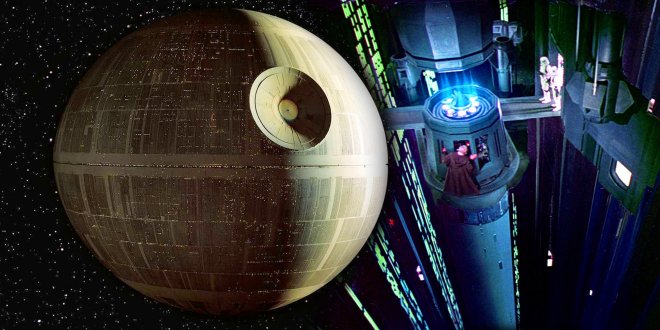
Star Wars creator George Lucas has always considered the Whills and the midi-chlorians to be an essential aspect of the Force, and his explanation is ground-breaking. George Lucas originally envisioned Star Wars to be told from the Journal of the Whills. "Originally, I was trying to have the story be told by somebody else (an immortal being known as a Whill)," he explained in the annotated screenplay. "There was somebody watching this whole story and recording it, somebody probably wiser than the mortal players in the actual events. I eventually dropped this idea, and the concepts behind the Whills turned into the Force."
The Whills were not forgotten, however. They became part of Lucas' notes, and he actually touched on this lore when he introduced midi-chlorians in Star Wars: Episode I – The Phantom Menace. The Whills have become arguably more important in the Disney era, with Rogue One: A Star Wars Story introducing a Force cult called the Guardians of the Whills. Thankfully, Lucas finally dispels some of these mysteries in a series of interviews in Paul Duncan's The Star Wars Archives: Episodes I-III 1999-2005.
The Whills Explained By George Lucas  To understand the Force and the Whills, it's necessary to begin with midi-chlorians. Named as a blend of mitochondria and chlorophyll, the midi-chlorians are born in the cells, and help a living organism develop by providing them with energy. The Whills, however, can be compared to a bacteria or fungi in this context, and they exist in a symbiotic relationship with the midi-chlorians.
To understand the Force and the Whills, it's necessary to begin with midi-chlorians. Named as a blend of mitochondria and chlorophyll, the midi-chlorians are born in the cells, and help a living organism develop by providing them with energy. The Whills, however, can be compared to a bacteria or fungi in this context, and they exist in a symbiotic relationship with the midi-chlorians.
"The only microscopic entities that can go into the human cells are the midi-chlorians. They are born in cells. The midi-chlorians provide the energy for human cells to split and create life. The Whills are single-celled animals that feed on the Force. The more the Force there is, the better they are."
In terms of scale, there are up to 10,000 midi-chlorians for every cell – and 100,000 Whills for every midi-chlorian. Interestingly, although Lucas compares the Whills to bacteria, he refers to them as "animals" – suggesting he envisions them as sentient beings. Regardless of the formal definition of what are the Whills, the fact that Lucas planned to expand on the microscopical world of the Force after The Phantom Menace all but confirms that the Whills would be indeed sentient. This would have allowed hypothetical George Lucas Star Wars sequels to explore the Whills as characters, or at the very least, as the background for a story about how the Force really works.
With the midi-chlorians essentially representing the living organisms’ ability to generate energy – and therefore to be alive and generate the Force – the Whills need the midi-chlorians to exist, as the Whills feed off of the Force. Qui-Gon Jinn spoke to Anakin in The Phantom Menace of a symbiotic relationship between the midi-chlorians and the living things, yet, according to Lucas, the real key symbiotic relationship sustaining existence in the galaxy happens between the Whills and the midi-chlorians. Without the midi-chlorians to help the living creatures exist, there would be no Force for the Whills to feed off of.





